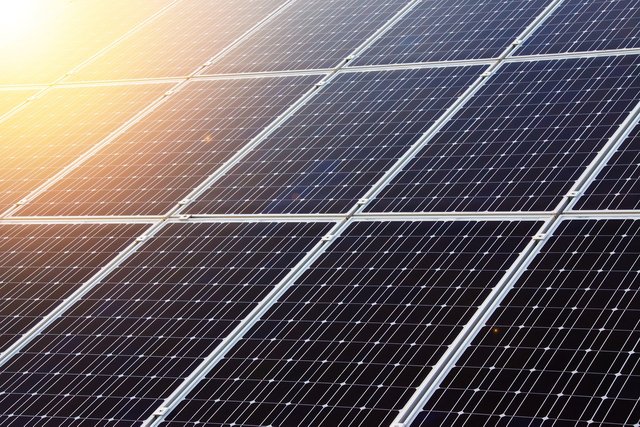Is It Better To Oversize The Solar System? Know Here
In the age of eco-friendly energy, residential solar panels offer a bright solution. They help cut down on both carbon footprints and energy costs at the same time. However, the decision-making process of installing these panels can be daunting, as you must be aware of certain considerations, such as the sizing of the solar system. So, is it better to aim for adequacy or opt for an oversized system? The answer lies in a delicate balance between efficiency, economics, and future-proofing.
When contemplating the sizing of residential solar panels, the goal is to strike an equilibrium between meeting current energy needs and allowing for potential growth or fluctuation in usage. Oversizing a solar system involves installing more panels and capacity than what's immediately required to cover current energy consumption. However, it is important to note that this approach has both advantages and disadvantages.
One primary benefit of oversizing a solar system is the potential to generate surplus energy. This surplus can be redirected back into the grid, leading to credits or compensation through net metering programs in many regions. During the peak production periods, this excess energy produced is not wasted. Instead, it proves to be an asset that contributes to a greener grid which ultimately reduces the utility bills further.
Also, if you want to opt for future-proofing, an oversized system can be a strategic move. This is because as time passes, household energy needs tend to evolve; what suffices today might not be adequate tomorrow. As families expand, new appliances are added, or electric vehicles become commonplace, the electricity demand escalates. An oversized solar system holds the power to anticipate these changes and helps you ensure that the household remains largely self-sufficient despite increased energy needs.
However, oversizing residential solar panels is not without its considerations. The upfront cost of installing additional panels and equipment for an oversized system is higher compared to a system tailored precisely to current needs. For some, this cost may outweigh the long-term benefits, especially if local policies or incentives for surplus energy production are limited.
Other considerations that you must make are regarding the maintenance and space. A larger system means more maintenance and even more area for installation. Not all residences have the available space for an oversized solar array, potentially limiting its feasibility.
Another crucial aspect to consider when contemplating oversizing is technological advancement. The rapid evolution of solar technology introduces more efficient panels and storage solutions over time. Oversizing now might mean investing in today's technology while potentially missing out on future advancements that could offer better efficiency or cost-effectiveness.
On the flip side, opting for a solar system that precisely aligns with your current energy needs is a more cautious strategy. This method aims to keep initial costs low by installing a system that meets the household's existing electricity consumption without unnecessary excess. It proves advantageous for individuals facing budget constraints or limited space, delivering immediate financial and environmental benefits without overcommitting resources.
However, the conservative approach might lack the flexibility needed to accommodate unforeseen changes in energy demands. A system tailored solely to current needs might fall short in meeting increased future requirements, leading to additional expenses for system upgrades or reliance on grid electricity.
The decision-making process for sizing residential solar panels necessitates a comprehensive evaluation of individual circumstances. Factors such as household size, energy consumption patterns, available space, budget, and plans must all be taken into account. Therefore, it is important to opt for solar professionals’s assistance, as they can conduct energy audits and provide personalised recommendations.
Ultimately, finding the optimal balance between adequacy and oversizing involves weighing the immediate financial outlay against potential future savings and environmental benefits. For some, the assurance of a precisely sized system sufficing for current needs might outweigh the benefits of surplus energy generation and future-proofing. For others, the advantages of excess production and preparedness for future expansions may justify the initial investment of an oversized system.
As the solar industry continues to innovate and evolve, the decision-making process surrounding residential solar panels remains dynamic. Both approaches—sizing for current needs and oversizing—have their merits and drawbacks, emphasising the necessity for informed decisions tailored to individual requirements.
In conclusion, the debate on whether it's better to oversize a solar system or not hinges on personalised considerations. Balancing between immediate gains and prospects, alongside considering technological advancements and individual circumstances, is key to making a well-informed choice for residential solar panel installations. Therefore, it is important to strike the right balance to ensure optimal efficiency and sustainability for your unique circumstances.

You've got a free upvote from witness fuli.
Peace & Love!